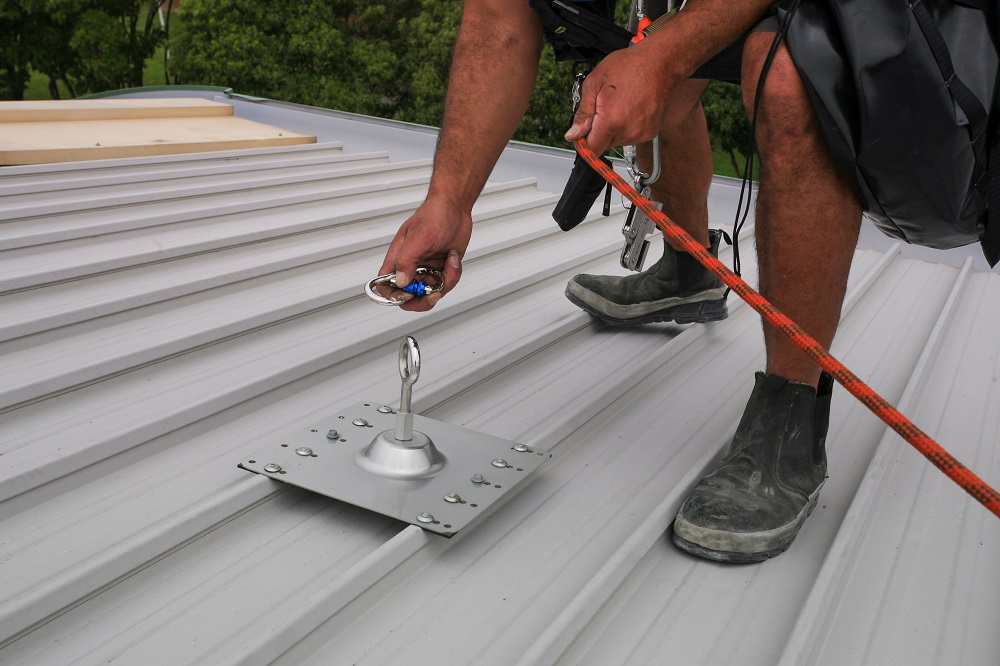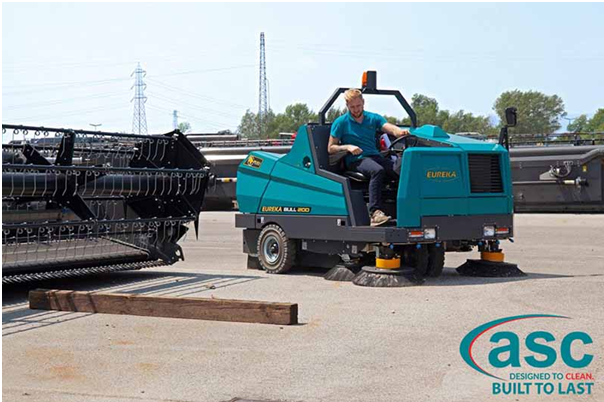Several studies have shown that hundreds of construction workers die each year due to accidents from the roofs of buildings and homes. This is just an average count and only the actual report knows how many workers have been injured during the roof construction works. Working with the ceilings and the roofs is perhaps the most dangerous part of an entire construction, and that’s why the industry is urging the builders and the workers to implement safety systems at the time of working.
Several roof safety systems have been introduced, out of which the roof anchors have proven to be the most efficient and feasible for height constructions. But, unfortunately, not many people are aware of this particular safety tool, and that’s why till now, construction laborers and builders go unprotected over the roofs to complete their work.
For this reason, here, in this article we will explain every detail about the safety roof anchors, starting with the reasons for installing the anchors to their types, benefits, and so on.
Why Working On The Roofs Are Risky For Construction Workers?
Before learning about the safety roof anchors, their types, and other information, it would be best if you knew the reasons for using the anchors in the first place. Once you learn about the various hazards of working on the roof, you won’t be able to understand the benefits of the anchor points. So, without wasting any more time, let’s see what dangers a construction worker can face while working with the roofs and ceilings.
- While working at the edge, workers can easily lose their balance, and hence, they may fall on the ground.
- The wrong placement of the ladder, both on the ground and against the wall or the roof’s edge can prove to be hazardous.
- In case the worker is repairing the roof, a single disturbance in the stability will be harmful to the individual.
- Working on the roofs during storms or on windy days has proven to be extremely hazardous since the workers can easily lose their balance.
- With improper use of safety equipment, you will bring in more harm than good while working on the roofs.
What Are Roof Anchors And What Are Its Types?
Now, let’s come to our main topic of discussion- the safety roof anchors are hardware elements with several hooks that are installed on the roof at the time of construction. These anchors are placed in such a way that the workers can tie a lanyard or a zip line later on for ensuring safety while working at a height on the roofs.
Recently, several types of safety roof anchors have been introduced to the construction industry. We will discuss the ones which are frequently used.
- Cross anchor points with hooks at the end of the four arms pointing to the four directions.
- A rail of hooks which sits on top of a stainless steel or iron bar and is usually installed at the edge of the roof.
- Normal zipline grooves were installed at various anchor points on the roof.
How The Roof Anchor Points Will Help The Construction Worker From Harm’s Way?
The safety roof anchors have proven to be extremely beneficial for the construction workers who have specialized in working from heights. But, to be more precise, here is a small brief about the benefits of this specific construction tool.
- The roof anchors are easily replaceable and hence their position can be changed as per the need.
- The anchors can support both the individuals to several people at the same time.
- They usually have a flat structure which is made in a way where the beauty of your roof won’t be harmed.
- The anchor points provide the ultimate security to the workers who repair roofs, install new ceilings, and so on.
Conclusion
In recent years, the safety roof anchors have proven to be extremely beneficial for the construction height workers. For this reason, we have explained almost all the basic facts relevant to this building safety tool. Now, it will be your task to get the best anchor and install it during your next project.

 Alyssa
Alyssa




